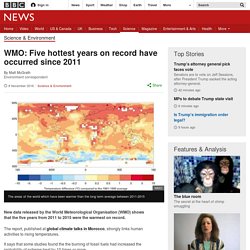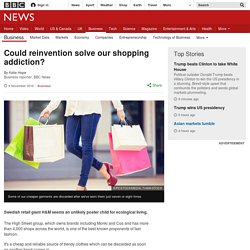

What President Trump means for retailers. How will the Trump victory impact other industries?

Here's what we know about the President-elect. After a long election night that defied many pollsters' predictions, Donald J. Trump is set to become the next president of the United States, beating out Democratic rival Hillary Clinton by razor-thin margins in key battleground states. The specifics of what this election means for the retail industry will become clearer once Trump and his team produce a budget and lay out their policy agenda. But regardless of the winner, American consumers signaled they aren't happy with the current political climate, with both Trump and Clinton facing historic levels of unfavorability. “Next January is legislative spring,” David French, senior vice president of government relations at the NRF, told Retail Dive before the election. Trump may have won the election, but he still hasn’t won the support and confidence of a significant portion of America. This has been anything but a normal election. Brexit is a disaster for British fashion.
Hadley, you’ve written on Brexit elsewhere in the paper, but not in your style column. Why is that? Robert, by email You’re right, Robert! I have stayed away from Brexit in this column because that would mean looking at what it means for the fashion industry, and the answer to that is, well, no one knows. Confusion over Brexit, how strange – don’t see that in any other industry, do you?
David Bowie exhibition breaks V&A record. A retrospective exhibition of the life and work of David Bowie has become the most visited show in the V&A's history.

More than 1.5 million people have visited David Bowie Is across eight venues around the world so far, the museum said. About 312,000 of those visitors were to the exhibition's debut in London at the Victoria and Albert Museum in 2013. The show will complete its international 10-stop tour next year. It is currently in its final weeks at the Museum of Modern Art in Bologne and will open in Tokyo in January before completing its tour in Barcelona in May.
Until now, the V&A's most successful touring shows included Art Deco, (which received 1.17 million visitors) Vivienne Westwood (844,000) and Surreal Things: Surrealism & Design (881,000). Image copyright V&A Geoff Marsh, co-curator of David Bowie Is, said: "We are absolutely delighted that the exhibition has been seen by so many people worldwide. WMO: Five hottest years on record have occurred since 2011. Image copyright WMO New data released by the World Meteorological Organisation (WMO) shows that the five years from 2011 to 2015 were the warmest on record.

The report, published at global climate talks in Morocco, strongly links human activities to rising temperatures. It says that some studies found the the burning of fossil fuels had increased the probability of extreme heat by 10 times or more. The authors say that 2016 will likely break the record for warmest year. In their report on the global climate 2011-2015, the WMO says that the world's temperature was 0.57C above the long term average, which they define as being between 1961 and 1990. Throughout these years, temperatures over most of Europe were more than one degree Celsius above the long term trend.
Could reinvention solve our shopping addiction? Image copyright EpicStockMedia, Thinkstock Swedish retail giant H&M seems an unlikely poster child for ecological living.

The High Street group, which owns brands including Monki and Cos and has more than 4,000 shops across the world, is one of the best known proponents of fast fashion. It's a cheap and reliable source of trendy clothes which can be discarded as soon as another trend comes in. Yet it has pledged to become "100% circular", ultimately using only recycled or other sustainable materials to make its clothes. It's a journey that more fashion firms are beginning to take, with the so-called "circular economy" - which eliminates waste by turning it into something valuable - being seen as a possible solution to the vast amount of clothes that end up in landfill. Image copyright Thomas Concordia, H&M Last year, a fifth of the material H&M used was sustainably sourced, and it has gathered 32,000 tonnes worth of old clothing in the collection bins it has had in all its stores since 2013.